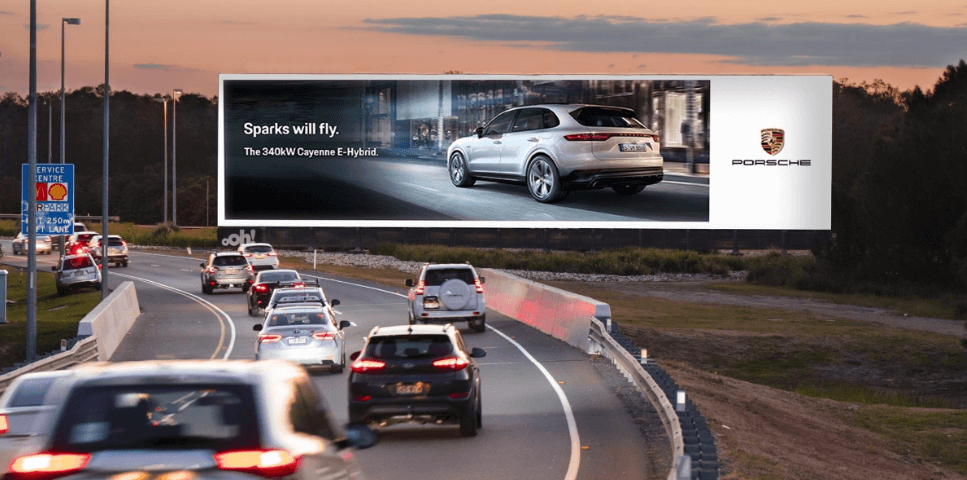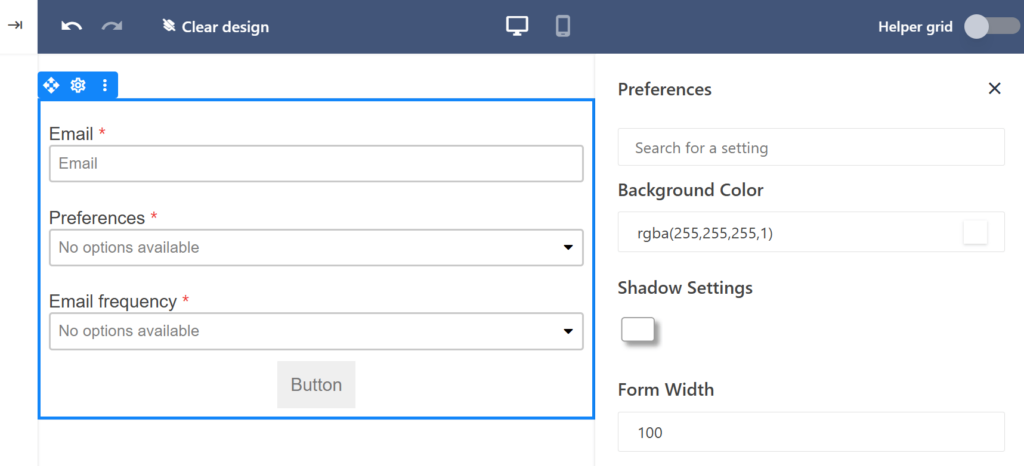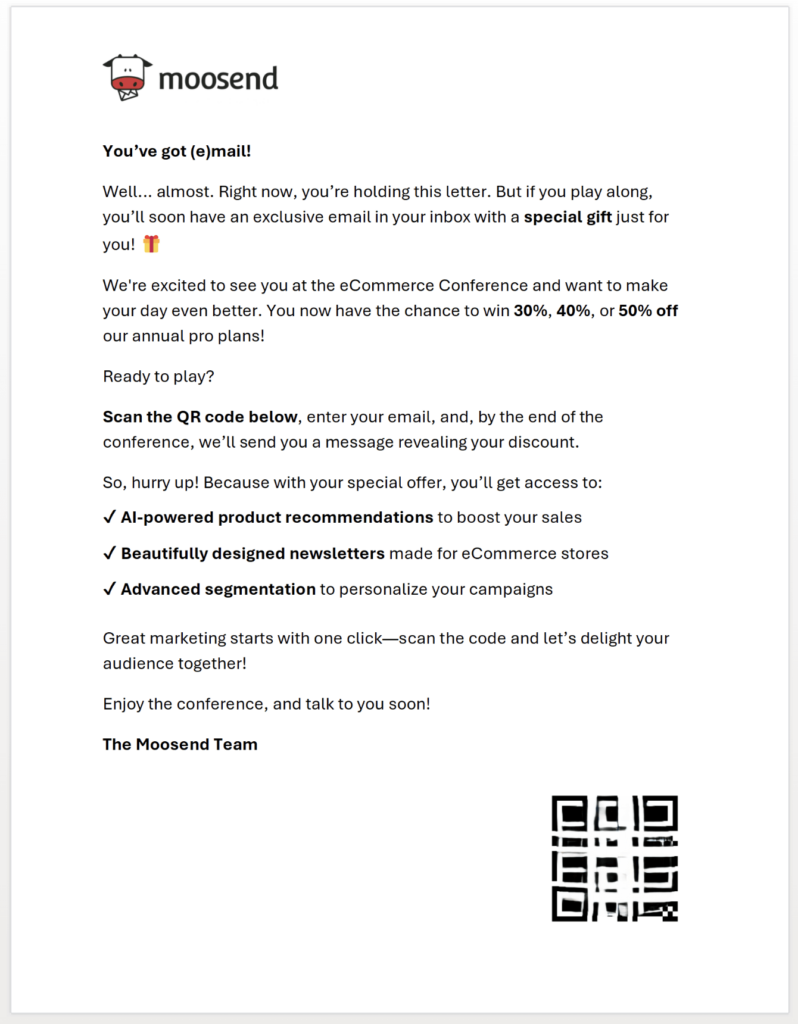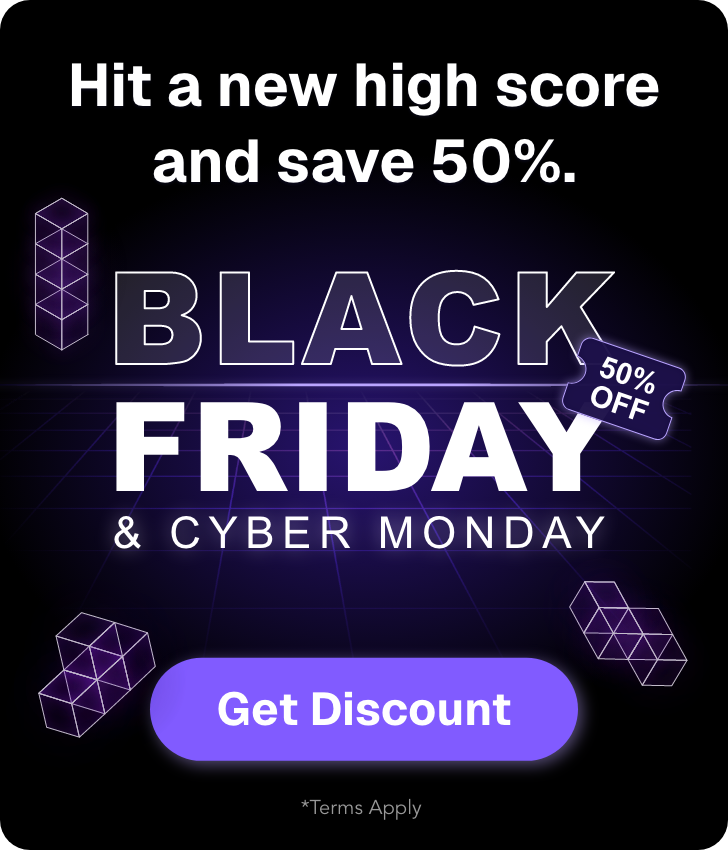
8 Best Ways to Integrate Online and Offline Marketing
You’re about to launch a new product and start mapping out your marketing plan. But with so many marketing channels and tactics available, finding the perfect promotional formula can be challenging.
Consumers today interact with brands across various channels. They might discover your product on TikTok or while listening to a podcast and then visit a physical store to make a purchase. Instead of focusing on just one channel, merging various online and offline tactics can be far more effective.
In this guide, we’ll discuss how to blend online and offline marketing strategies to maximize your reach and impact.
Stay in touch anywhere, any time
Blend offline marketing with email tactics to maximize engagement.
Join MoosendWhy You Should Combine Online and Offline Marketing Strategies
According to research by SSRN, consumers use multiple touchpoints before buying a product. While most of the research is done online, they usually buy offline, after looking for discounts and deals.
Integrating online and offline marketing techniques helps businesses:
- Reach a wider audience: Online lets you reach a global audience while offline marketing is usually targeted to local markets. Combining both ensures everyone’s included.
- Build brand trust: Offline marketing tactics, such as events, print ads, and direct mail can build a personal connection with the target audience. Online assets are more convenient and accessible, contributing to a cohesive experience.
- Boost customer engagement: Consumers can connect with your brand in real-time through online and face-to-face through offline practices, creating an engaging customer journey for different customer preferences.
- Gather enhanced data: Combining insights from traditional and digital channels tactics can help understand more about customers’ preferences and behavior to improve your marketing strategies.
- Increase ROI: Integrating online and offline marketing tactics will ultimately boost return-on-investment and conversion rates by combining powerful tactics and touchpoints.
While this integrative marketing approach may require a higher budget to succeed, it can lead to huge success when done properly. Plus, there is always a more cost-effective alternative for risk-aversive marketers and business leaders, based on the marketing efforts they adopt.
Online and Offline Marketing Strategies to Deliver Great Results
Whether you’re a small business owner or a corporate marketing leader, experimenting with different marketing strategies will help you find what resonates with your audience best. Here are some winning tactics to get inspired:
1. Create a consistent experience across assets
Aligning your online presence with your offline efforts contributes to a more cohesive marketing experience. Multiple touchpoints with similar aesthetics help people recognize and remember your brand. Additionally, it’s safer for your budget—relying on a single channel limits your audience reach and increases vulnerability to competition.
For instance, a consumer might watch TV commercials from various car manufacturers without remembering the brand names. But when they come across a similar ad on a billboard or a YouTube video, they begin to make the connection.
Maintaining a stable visual identity is key. The colors, fonts, and website aesthetics should resemble your printed ads, the visuals you use in TV commercials or the banners you create for events.
The same applies to your messaging. While offline marketing campaigns such as billboards and radio ads require different content formats to work out, your tone of voice, values, and copy should align.
Check out this billboard by Porsche. Its simplicity and the main slogan stand out:

Have a look at the commercial for a similar Porsche model and note the similarities in branding and messaging:
2. Collect emails to send follow-ups
Having multiple touchpoints can increase engagement. But if a buyer purchases in a physical store, how can you keep in contact? By continuing the conversation elsewhere. For example, you can request email addresses at the checkout or during in-person events. You can also offer incentives such as exclusive discounts or coupons to attract more people.
Email marketing offers many opportunities to marketers—from sending personalized emails based on previous purchases, to automating campaigns, to confirming transactions.
To reap those benefits, use email marketing platforms with list management and automation features to hyper-personalize your email campaigns. Add a preference center to the form to learn about their interests and divide them into different segments.
Moosend, for instance, can help you manage your list growth process step-by-step. You can build signup forms and customize premade templates and workflows to send branded emails to your audience, based on their unique preferences.

3. Add QR codes on printed materials
Placing QR codes on printed marketing materials is a well-known, easy-to-implement marketing tactic. These links can lead to various marketing assets based on the goal you’ve set, even call-to-actions to boost conversions.
Let’s explore some common use cases:
- Business cards linking to a website or LinkedIn profile to share more about your expertise.
- Product packaging QR codes leading to product manuals or demos to offer a more enhanced customer experience.
- Brochures with special discounts or coupons directing readers to your website.
- In-store signage offering more information about products and customer reviews.
- Event materials linking to your website, social media or sign-up forms to capture leads.
For example, we recently shared a printed leaflet with a QR code during a conference with a special discount to attract new leads:

4. Cross-promote across online and offline channels
While cross-promotion happens usually among brands, it can also occur across channels. Merge offline channels with online to boost user experience. Apart from QR codes, place social media handles or hashtags on physical documents or in-store. You can also place tablets with interactive content such as quizzes to offer personalized product recommendations.
Moreover, add pictures of your stores on your website and inform visitors about exclusive deals they can claim there. Or promote your in-person events via email invitations with a countdown timer to boost urgency.
Another tactic is adding content from traditional marketing methods on your website or social media. For example, place your latest TV commercial or photos from a recent event on your homepage to boost engagement.
Here, Starbucks sent a birthday email inviting subscribers to redeem their gift in-store.
Subject line: Open on your birthday 🎁 (Actually, you can open now)

5. Combine your analytics strategies
It’s usually easier to gather insights from online marketing strategies than from offline ones. CRM solutions and Google Analytics let users analyze information and make data-driven decisions. But what about offline strategies? To track their progress, you need to blend in online tools.
Share surveys or quick feedback forms with NPS score in-store or during events. Track initiatives such as discounts, freebies, or coupons to see what worked and what needs improvement.
Use trackable URLs, phone numbers, or UTMs to monitor the performance of a printed ad. Discover what initiatives bring more leads and conversions to understand the behavior and preferences of potential customers in-depth.
To gain a holistic view of these strategies, merge analytics platforms and build a unified dashboard with important information. This will also contribute to attribution and ROI analysis, shedding light into strategies that truly work for your target audience, and insights on what improve the rest.
6. Share social proof across channels
Social proof, such as customer testimonials or reviews, plays a key role in boosting brand trust and credibility around certain products and services. Encourage regular in-store visitors to share an online testimonial or post a photo of using a product with a certain hashtag to bring in that effect.
Showcase online reviews in-store next to certain products to motivate visitors to purchase. If you use in-store QR codes or digital signage software like Yodeck to display important product information demos, add reviews to the presentation for maximum visibility.
Finally, collect testimonials from online and offline sources, and send them through an email campaign to boost click-through rates and conversions.
For example, Bite included reviews from notable publishers to increase brand awareness and credibility:
Subject line: We can’t stop smiling 🙌

7. Partner with influencers online and offline
Influencers and affiliates are usually associated with social media marketing, but you can also recruit them during offline marketing efforts. For instance, invite them to trade shows or events to share their expertise and experience with your product or services or collaborate with them to create a product line with their signature.
If you partner with athletes or artists, display them on TV commercials or billboards to gain more traction. Nike has nailed this tactic over the years. In this ad, they portrayed female athletes they partner with who broke the barriers:
Plus, encourage them to make public appearances using your products and offer some freebies to share with their family and friends and bring new customers on board.
8. Run “coming soon” or to “be continued” campaigns
Teaser campaigns can build anticipation and boost engagement metrics, especially if you target younger audiences. Add in-store teasers and include QR codes to direct them to your website for more information. Follow similar practices during offline events to promote your online events or initiatives.
You can also share a “coming soon” post or landing page on social media or offline to collect email addresses and send a special incentive to participants. Create follow-up content to nurture those prospects and convert them into customers.
Storytelling plays a key role in those strategies. Exclusivity and urgency are great motivators. Add a countdown timer to visualize that effect and create FOMO to gain more followers–online and offline.
Combine the Best of Both Worlds
What tactics would you merge first? Think of your audience’s demographics, preferences, and habits and find what suits them best. Collect data from all tactics and spot workable patterns to increase brand awareness and ROI going forward.
Will it happen overnight? No, but you can have fun in the process and learn more about your audience. And this can turn into a great business capital.
FAQs
Here are some frequently asked questions around online and offline marketing:
1. What is online marketing?
Online or digital marketing involves using the Internet and digital tools, such as SEO, social media, email marketing and paid ads, to promote your brands, products or services.
2. What is offline marketing?
Offline marketing refers to the use of traditional marketing tactics to promote a business, such as print media, TV or ad commercials, billboards, and direct mail.
3. What is omni-channel marketing?
Omnichannel marketing is the integration of different online and offline marketing tactics to build a consistent customer experience across different touchpoints, catering to unique customer preferences and habits.
4. What are the benefits of traditional marketing?
Traditional marketing methods are linked to higher credibility and brand recognition, especially for local markets. They leave an impression to prospects as there’s less competition than online platforms.
5. What are the benefits of online marketing?
Online marketing offers cost-effective solutions to reach a global audience, target customers with specific characteristics and even personalize your messaging. You can also deliver different content types, such as podcasts and blog posts, to engage your audience.



 Published by
Published by

